Rising Aging Population
The increasing aging population is a primary driver of the Skin Rejuvenation Market. As individuals age, they often seek solutions to combat visible signs of aging, such as wrinkles and sagging skin. According to demographic data, the proportion of individuals aged 65 and older is projected to rise significantly, leading to heightened demand for skin rejuvenation treatments. This demographic shift is likely to propel the market forward, as older consumers are more inclined to invest in aesthetic procedures. Furthermore, the skin rejuvenation market is expected to witness a compound annual growth rate of approximately 8% over the next few years, indicating robust growth potential driven by this demographic trend.
Rising Disposable Income
The rise in disposable income across various demographics is a crucial driver for the Skin Rejuvenation Market. As consumers experience increased financial freedom, they are more likely to invest in personal care and aesthetic treatments. This trend is particularly evident in emerging markets, where a burgeoning middle class is seeking premium skin rejuvenation products and services. Market analysis indicates that the demand for high-end skincare and rejuvenation treatments is on the rise, with consumers willing to spend more on quality and efficacy. This shift in spending habits is expected to propel the skin rejuvenation market, as more individuals prioritize their appearance and skin health.
Increased Awareness of Skin Health
There is a growing awareness of skin health and its importance in overall well-being, which serves as a significant driver for the Skin Rejuvenation Market. Consumers are increasingly educated about the effects of environmental factors, such as UV exposure and pollution, on skin health. This awareness has led to a surge in demand for skin rejuvenation products and treatments that promise to restore skin vitality. Market data suggests that the skincare segment, which includes rejuvenation products, is expected to reach a valuation of over 150 billion by 2026. This trend indicates that consumers are willing to invest in skin health, thereby driving the growth of the skin rejuvenation market.
Technological Innovations in Treatments
Technological innovations in skin rejuvenation treatments are transforming the Skin Rejuvenation Market. Advancements in laser technology, radiofrequency, and microdermabrasion have made procedures more effective and less invasive. These innovations not only enhance treatment outcomes but also reduce recovery times, making them more appealing to consumers. The introduction of non-surgical options, such as injectables and light therapies, has broadened the market, attracting a diverse clientele. As a result, the skin rejuvenation market is projected to expand significantly, with an estimated growth rate of 10% annually, driven by these technological advancements that cater to evolving consumer preferences.
Influence of Social Media and Celebrity Endorsements
The influence of social media and celebrity endorsements is a powerful driver of the Skin Rejuvenation Market. Platforms such as Instagram and TikTok have become vital channels for beauty trends, with influencers showcasing various skin rejuvenation treatments. This visibility not only educates consumers but also creates a desire for similar results, leading to increased demand for these treatments. Additionally, celebrity endorsements often lend credibility to products and procedures, further driving consumer interest. As a result, the skin rejuvenation market is likely to see continued growth, fueled by the pervasive impact of social media on consumer behavior and beauty standards.


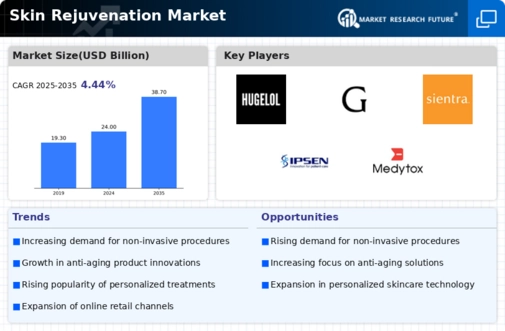
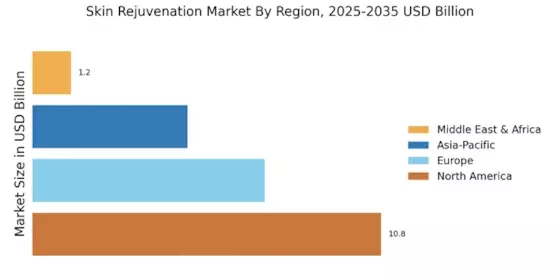
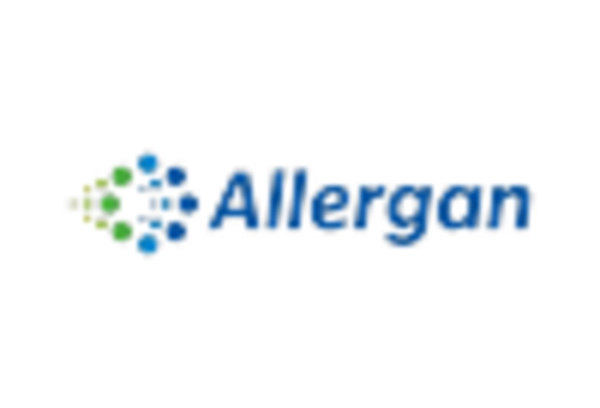
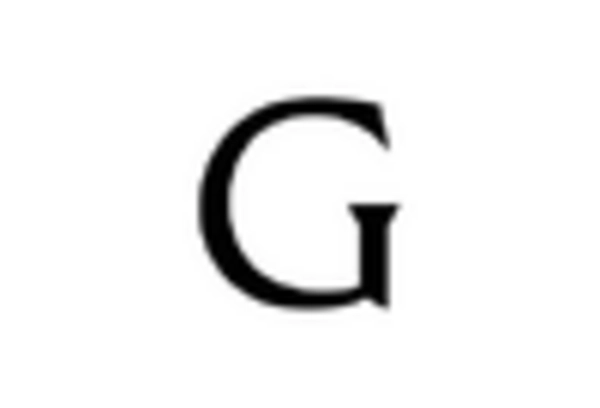
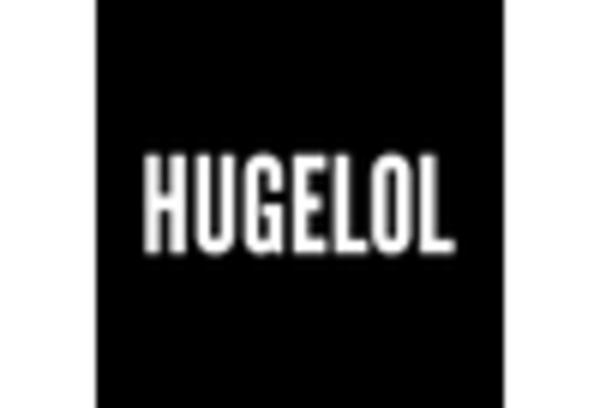
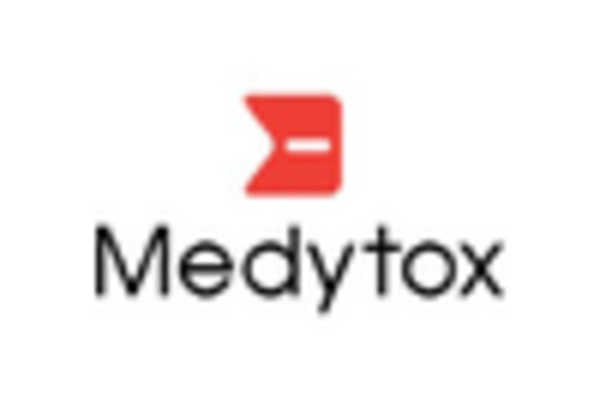
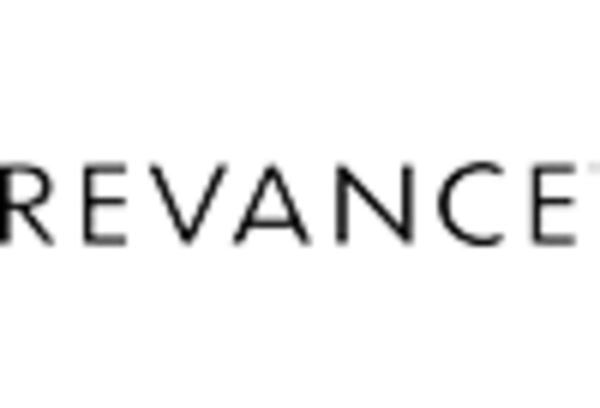








Leave a Comment